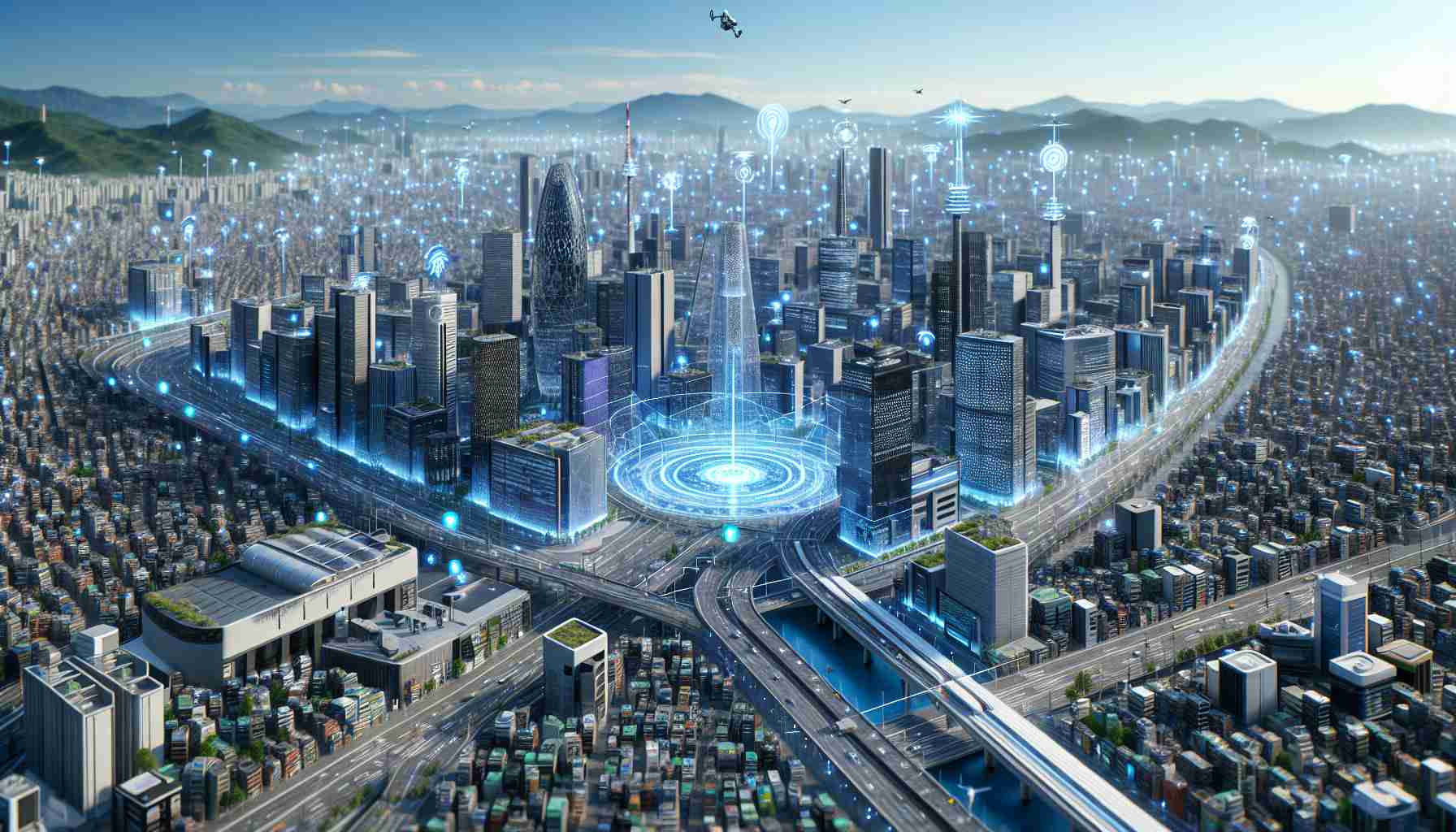Seoul Focuses on AI for Disaster Safety in Skyscrapers and Subterranean Structures
Seeking to enhance the safety of its towering skyline and subterranean complexes, Seoul is poised to utilize cutting-edge technologies like artificial intelligence (AI) and the Internet of Things (IoT). The city has initiated a study to find ways to better manage disasters within these structures using such innovations, signaling a new era of urban safety management.
Skyscrapers, as defined by construction and disaster management laws, include buildings over 50 stories or over 200 meters in height. Meanwhile, underground connected complexes refer to structures linked to subways or underground shopping areas, facilitating pedestrian movement. Notably, Seoul serves as a hub for such architecture, with roughly half of all such buildings nationwide found within its vicinity.
Given the potential for large-scale disasters in these facilities, the necessity for preemptive disaster management strategies has become an urgent concern. To address this, the city’s authorities are exploring avenues to swiftly detect disaster sites and assist in safe evacuation through the deployment of AI and IoT technologies. The research also includes a review of existing disaster management plans across all relevant buildings in the city, with the aim of developing enhanced preventative and responsive measures.
In case of emergencies, Seoul is determined to minimize damage and improve response efficacy through practical disaster response drills. Long-term policy directions and regulatory improvements are also on the city’s agenda. The Disaster and Safety Management Chief of Seoul emphasizes the increased likelihood of complex disasters due to the rise of large-scale buildings and commits to leveraging the latest technology to ensure the safety of its citizens.
Important Questions and Answers:
1. What technologies are being implemented for disaster management in Seoul?
Seoul is incorporating artificial intelligence (AI) and the Internet of Things (IoT) technologies to improve disaster management within high-rise buildings and underground complexes.
2. What types of buildings and structures are the focus of Seoul’s disaster safety initiative?
The initiative targets skyscrapers, defined as buildings over 50 stories or 200 meters in height, as well as underground connected complexes that integrate with subways or underground shopping areas.
3. How will AI and IoT contribute to disaster management?
AI and IoT will help in the swift detection of disaster sites and facilitate safe evacuation, as well as enhance the review and development of disaster management plans.
Key Challenges or Controversies:
– Privacy and Data Security: The integration of IoT devices raises concerns about the privacy of individuals and the security of the data collected.
– Technology Reliability: Dependence on AI and IoT systems requires high reliability and uptime, raising concerns about technology failures during critical emergencies.
– Human Factor: The success of technological solutions also relies on the training and readiness of personnel to interpret and act on the information provided by AI and IoT systems.
Advantages:
– Enhanced Monitoring: Continuous, real-time monitoring of buildings can lead to faster response times during emergencies.
– Better Preparedness: AI can simulate various disaster scenarios to aid in the development of more effective evacuation and response plans.
– Automated Response: IoT can automate safety features within buildings, such as lighting, elevator control, and access systems to assist in evacuation.
Disadvantages:
– Technology Dependence: Over-dependence on technology may create vulnerabilities should the systems fail or become compromised.
– Cost: Significant investment is required to integrate and maintain these advanced technologies.
– Complexity: Implementing and managing these sophisticated systems across numerous buildings can be logistically and technically challenging.
Suggested Related Links:
– For AI technology: IBM
– For IoT information: Cisco
– For information on disaster management: FEMA
– For updates on Seoul’s urban planning and policies: Seoul Metropolitan Government
Given the absence of the original article’s content past the provided segment, additional facts have been inferred based on the topic and practical considerations regarding the application of AI and IoT in disaster management within the context of Seoul’s urban environment.

